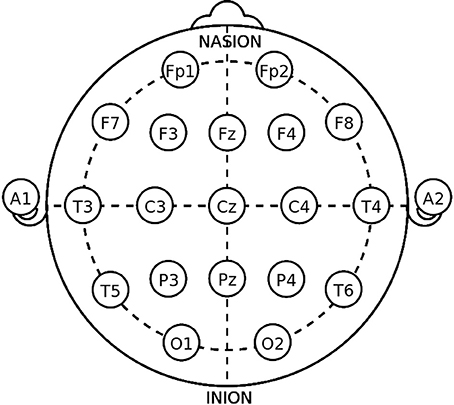

Connectivity networks are created using each 10-20 EEG seeds and are analyzed by comparisons to the seven networks that have been found in recent studies. We analyze the functional connectivity and adjacency matrices obtained using 65 seeds based on 10-10 EEG scheme and 21 seeds based on 10-20 EEG. In this article, we describe and show the results of a new methodology for processing rs-fMRI using seeds positioned according to the 10-10 EEG standard. Thus, the combination of EEG with rs-fMRI using different methods could be very useful for research and clinical applications. EEG has a high temporal resolution and low spatial resolution, while fMRI has high spatial resolution and low temporal resolution. EEG and fMRI are procedures used to obtain direct and indirect measurements of brain neural activity: EEG measures the electrical activity of the brain using electrodes placed on the scalp, and fMRI detects the changes in blood oxygenation that occur in response to neural activity. Resting-state functional magnetic resonance (rs-fMRI) is currently a technique used in research in both healthy individuals as well as patients.


1Laboratory for Advanced Medical Image Processing, Department of Radiology, Clínica las Condes, Santiago, Chile.Montoya 2, María de la Iglesia-Vayá 6,7,8, Jaime E. Rojas 1,2,3,4 *, Carolina Alvarez 4,5, Carlos E.


 0 kommentar(er)
0 kommentar(er)
